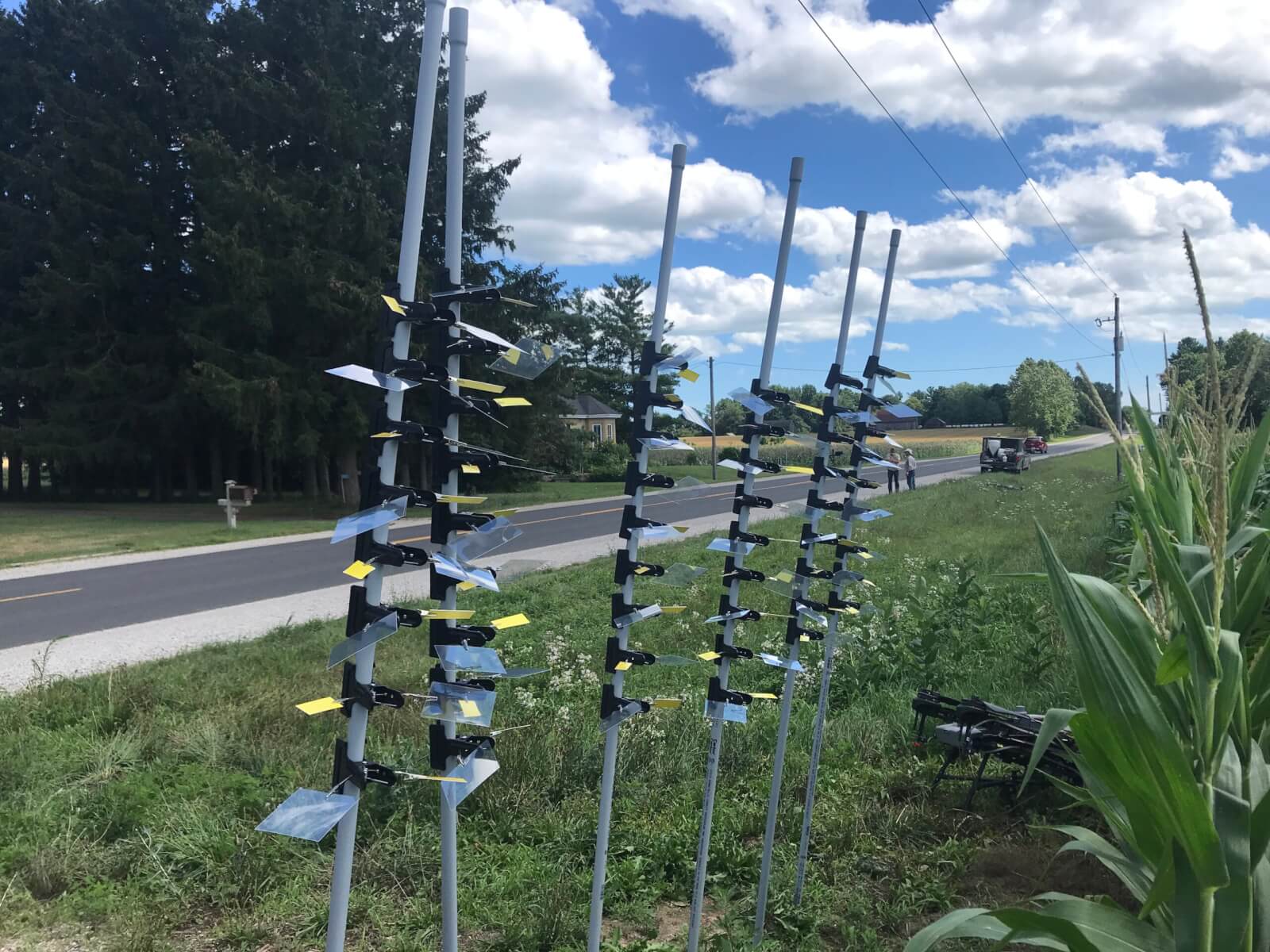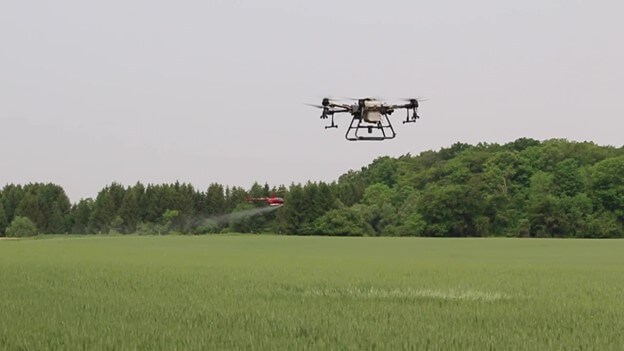
Green-on-green sprayer competes with Blue River and Bilberry One distinguishing feature of the new agriculture is the rapid development of new technologies. Ideas move from concept to implementation at record pace, helped by an influx of talent and capital into this profitable sector. Greeneye Technology is an example of this pace. Founded by entrepreneurs who […]



